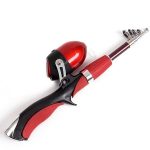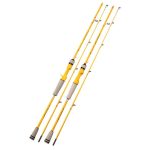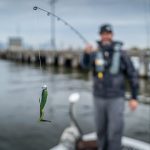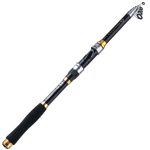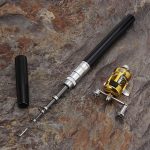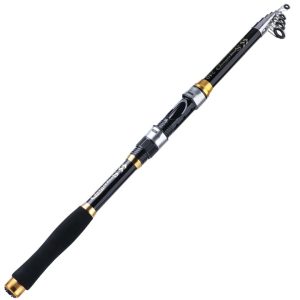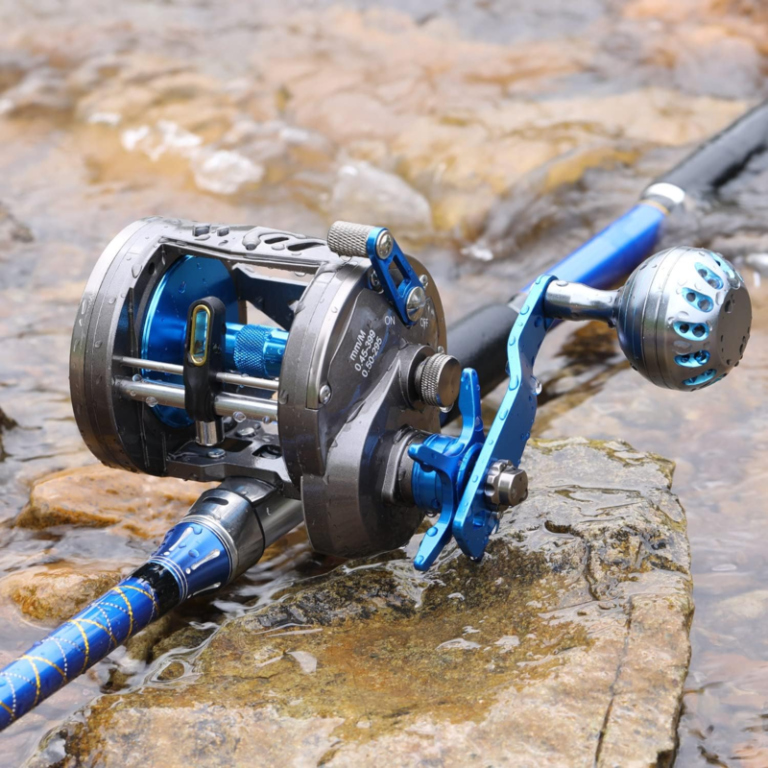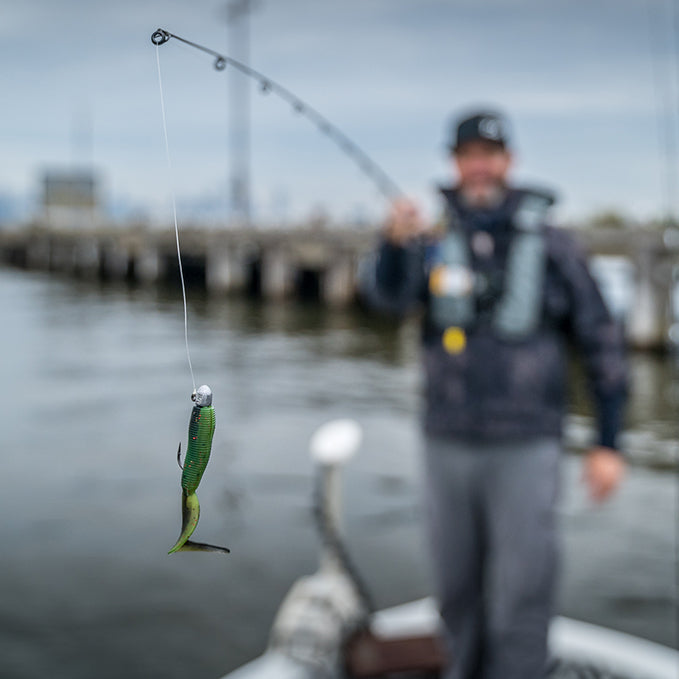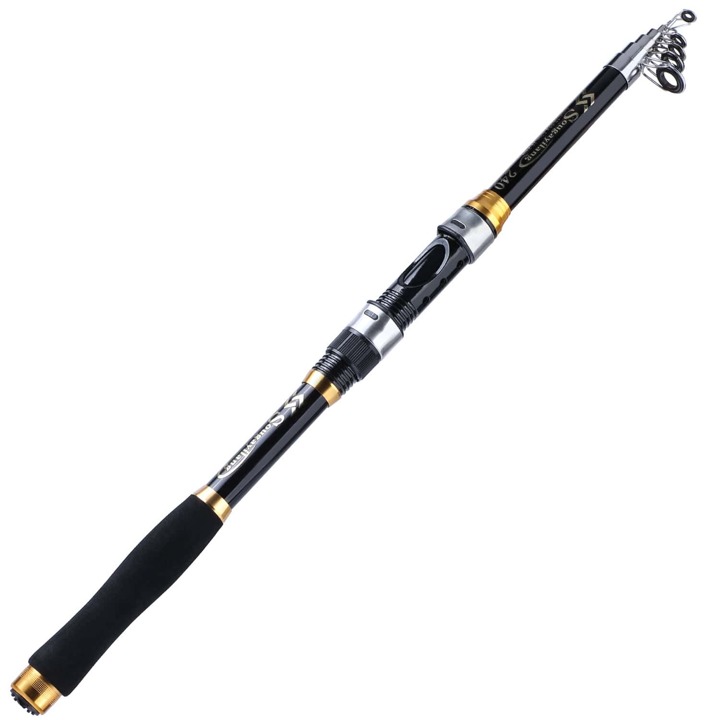Fishing is not just a relaxing pastime; it’s an art, and casting your fishing rod effectively can significantly improve your chances of a successful catch. This guide is designed to provide you with essential tips on how to cast fishing rod like a pro. Whether you’re a beginner looking to learn the ropes or an experienced angler wanting to fine-tune your technique, the following sections will help you elevate your casting game.
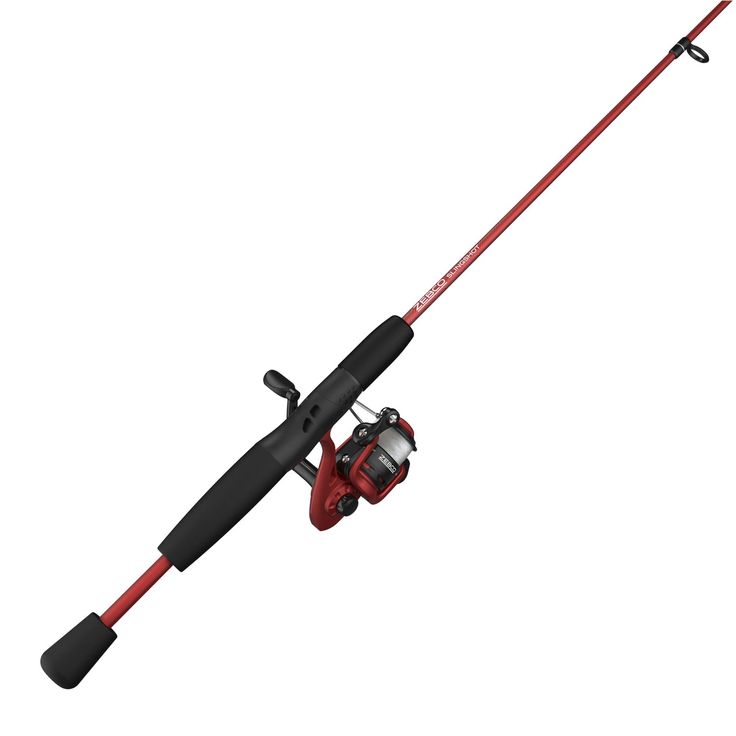
Understanding the Components of a Fishing Rod
Before diving into the casting techniques, it’s vital to familiarize yourself with the essential components of a fishing rod. A fishing rod typically consists of several parts: the grip, reel seat, guides, and the blank. Each element plays a crucial role in the casting process:
- Grip: The grip is where you hold the rod. A comfortable, ergonomic grip will allow you to maintain control while casting.
- Reel Seat: This is where the fishing reel is attached. Ensure it is securely fastened to avoid any mishaps while casting.
- Guides: These are the rings that allow the fishing line to move smoothly. The number of guides can affect casting distance and accuracy.
- Blank: The main body of the rod, which is typically made of fiberglass or graphite, influences durability, flexibility, and power.
Understanding these components will not only help you in casting but also in selecting the right rod for your fishing style. A suitable rod enhances your control over the cast and improves sensitivity when you get a bite. Choosing the right size and action can make a considerable difference, so always ensure that your gear is appropriate for the type of fish you intend to catch.
The Basics of Casting Your Fishing Rod
To start your fishing journey, mastering the basics of casting is essential. The casting technique involves a series of steps that ensure you can send your bait or lure out to your desired location without tangling your line:
- Grip the Rod: Start by holding the rod firmly with one hand on the grip and the other on the reel. This position gives you stability.
- Position Yourself: Stand with your feet shoulder-width apart for balance. Offer a slight bend in your knees to maintain stability during the cast.
- Open the Bail: If you’re using a spinning reel, open the bail to release the line when you’re ready to cast.
- Bring the Rod Back: Raise the rod tip to approximately 10 o’clock and pull it back smoothly for momentum.
- Casting Motion: In one fluid motion, flick your wrist and bring the rod forward while simultaneously closing the bail. Release your finger from the line to let the bait fly.
Practicing this basic motion repeatedly will enhance your muscle memory, making casting second nature. Always remember to focus on a target spot to improve your accuracy. Consistent practice will help you master the timing and ensure a smooth release of the line.
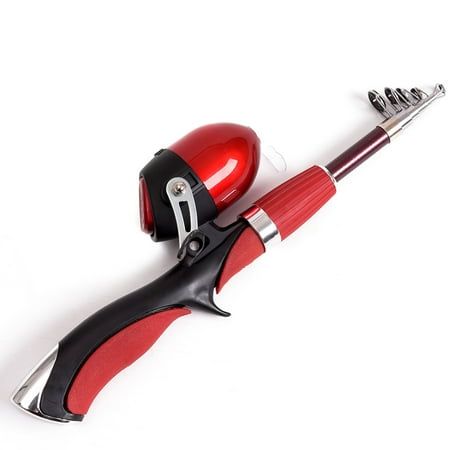
Advanced Casting Techniques for Better Accuracy
Once you’ve grasped the basics, you can explore advanced techniques to increase the accuracy and distance of your casts. Techniques such as the Overhead Cast, Sidearm Cast, and Roll Cast can significantly enhance your fishing experience:
- Overhead Cast: This is the standard cast you will use often. It involves raising the rod above your head, creating a sharp motion for distance. The key to a successful cast is the timing of releasing your line at the peak of the rod’s arc.
- Sidearm Cast: Useful in windy conditions or when fishing close to overhead obstacles, this cast brings the rod parallel to the water. It minimizes the chances of tangling with nearby structures.
- Roll Cast: Great for short distances and in tight spots, this cast requires minimal back motion. Perfect for fly fishing, it uses water tension to your advantage and is excellent for presenting your lure delicately.
Incorporating these advanced techniques can mean the difference between just casting and casting effectively. Remember, practice and patience will lead to improvement, so don’t feel discouraged if you don’t succeed immediately. Focus on good technique, and the results will follow.
Selecting the Right Line and Equipment for Casting
How to cast fishing rod must be consistent with the line and equipment selected. The right combination of rod, reel, and line will optimize your fishing experience. Not all lines are created equal, and they come in various types, each with its unique attributes:
- Monofilament Line: This is the most common line for beginners because of its versatility and ease of use. It’s visible, which may be a disadvantage in clear water, but it’s forgiving when tangled.
- Braided Line: Known for its strength and thin diameter, braided line is excellent for casting long distances. However, it’s less forgiving than monofilament and can become tangled more easily.
- Fluorocarbon Line: This line is virtually invisible underwater and is often used for fishing in clear conditions. Its density keeps it submerged but it can be less manageable when tangled.
Selecting the right type of line can make a huge difference in your success. Moreover, pairing the line with the appropriate rod action (fast, medium, or slow) ensures that your casting is more effective. Finally, ensure that your reel is spooled with the proper line size for your fishing targets; this will all contribute to enhanced control and accuracy while casting.
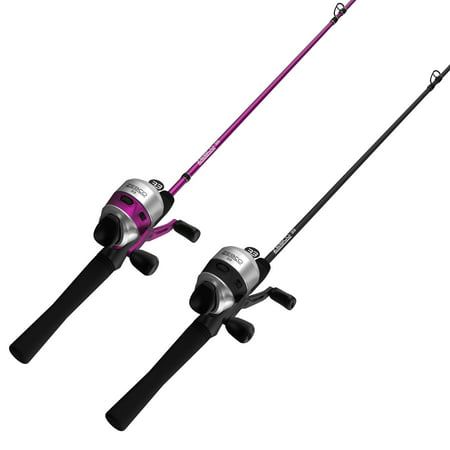
Practicing Casting Techniques: Drills and Exercises
Effective casting requires deliberate practice through specific drills and exercises. Incorporating these into your routine will greatly enhance your casting skills over time:
- Backyard Casting: If you have access to a backyard or a safe open area, practice casting without a hook or weight to establish your technique. Focus on the motion and ensuring a smooth release.
- Target Practice: Set up targets at various distances to improve your accuracy. Use cans, bottles, or even hula hoops to challenge yourself.
- Pressure Drills: Simulate real fishing scenarios by introducing pressure—such as having a friend moving the target or timing your cast. This adds a layer of difficulty and mimics the unpredictability of fishing.
The more you practice, the more natural these movements will become. Keep track of your progress and continually set new challenges to push your limits further. Regularly practicing these drills will enhance your control and precision, boosting your confidence when you hit the water.
Troubleshooting Common Casting Mistakes
It’s essential to recognize common mistakes that can disrupt your casting process. Understanding these pitfalls will enable you to correct them and improve your overall technique:
- Tangled Line: One of the most frustrating aspects of fishing is dealing with tangled line. Check your reel’s drag settings and ensure your line is spooled correctly. Regular maintenance can also prevent tangling.
- Inconsistent Casting Distance: If you’re experiencing varying distances with each cast, ensure you maintain the same motion throughout. Consistent speed and follow-through are crucial.
- Casting into the Wind: When facing wind, adjust your angle and position. Casting slightly to the side of the wind direction can provide more accurate distance.
Being aware of these common issues can save time and reduce frustration on your fishing trips. By troubleshooting mistakes and implementing corrective measures, you’ll be able to cast fishing rod efficiently and effectively.
Conclusion: Becoming an Expert at Casting Your Fishing Rod
Casting a fishing rod is a skill that can be refined through practice and understanding the mechanics involved. With the right equipment, techniques, and consistent practice, you can become proficient in casting and significantly increase your chances of success while angling. Take the time to experiment with various techniques, understand what works best for you, and enjoy the process of mastering this critical aspect of fishing. Over time, you’ll not only improve your casting abilities but also gain confidence in your overall fishing skills, leading to more successful and fulfilling fishing experiences. Happy casting!
